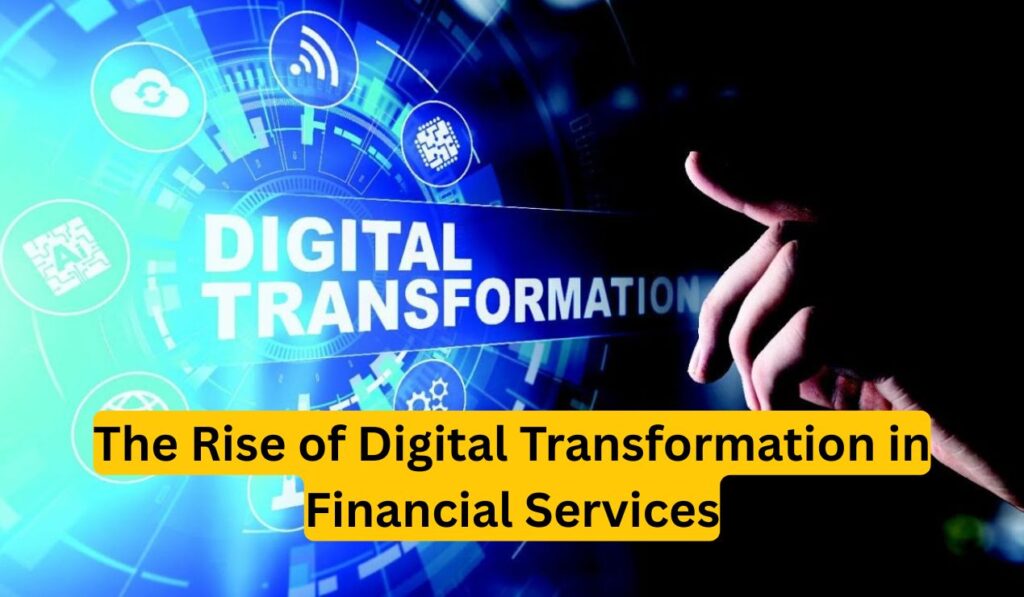FTasiaFinance represents a revolutionary shift in how financial services operate across Asia. This powerful fintech movement combines cutting-edge technologies with traditional banking to create seamless digital experiences.
High smartphone penetration across the region provides fertile ground for these innovations that are rapidly transforming how millions access and use financial services.
The Rise of Digital Transformation in Financial Services
Digital transformation is reshaping financial services at unprecedented speed. Legacy banking systems are being replaced with agile cloud-based solutions. Mobile-first strategies dominate new financial service developments.

Customer expectations drive innovation in user interfaces and experiences. Asian markets often lead global adoption of financial technology. The cost of financial transactions continues to decrease through digital optimization.
Paper-based processes are rapidly becoming obsolete in modern banking. Real-time processing replaces traditional waiting periods for transactions.
Banking innovation focuses on removing friction from customer journeys. Financial institutions compete based on technological capabilities rather than physical presence. Data security receives paramount attention in this evolving landscape.
READ THIS BLOG: Interior DesignMode24: Redefining Modern Living Spaces for a Smarter Tomorrow
Mobile Payments The Backbone of FTasiaFinance
Mobile payments form the foundation of the FTasiaFinance revolution. Smartphone-based transactions eliminate the need for physical banking infrastructure.
QR code systems enable merchants of all sizes to accept digital payments. E-wallets have become essential financial tools for millions across Asia. Person-to-person transfers happen instantly through mobile platforms.
Rural communities gain access to financial services via mobile networks. Contactless payments surged during recent health concerns. Biometric verification enhances security while improving user experience.
The transition toward a cashless society accelerates with each technological advancement. Small merchants benefit from lower transaction costs and increased customer reach. Mobile payment data helps build credit histories for previously unbanked populations.
Blockchain Financial Transactions
Blockchain technology provides unprecedented security for financial transactions. Distributed ledgers eliminate single points of failure in financial systems. Smart contracts automate complex financial agreements without intermediaries.
Cross-border transactions settle in minutes instead of days through blockchain solutions. Transaction costs decrease significantly by removing traditional banking middlemen. Decentralized finance creates open access to financial products.
Trust is established through transparent and immutable transaction records. International remittances benefit particularly from blockchain efficiencies.
Digital assets provide alternative investment opportunities across Asia. Supply chain financing becomes more accessible through blockchain verification. Trade documentation processes are streamlined through distributed ledger technology.
Artificial Intelligence Transforming Financial Data Analysis
Artificial intelligence revolutionizes how financial institutions analyze data. Machine learning algorithms detect fraud patterns invisible to human analysts. Natural language processing extracts insights from unstructured financial documents.

Automated decision-making speeds up loan approvals while reducing bias. Personalized financial advice becomes accessible through AI-powered applications. Risk assessment models incorporate thousands of variables in real time.
Credit scoring systems evaluate previously unbanked customers through alternative data. Customer service improves through intelligent chatbots and virtual assistants.
Investment strategies optimize based on AI market analysis. Fraud detection systems continuously evolve to counter emerging threats. Financial institutions reduce operational costs through intelligent automation.
READ THIS BLOG: Unlocking Potential: A Deep Dive Into onbupkfz esfp vhaxvr
The Role of Data in FTasiaFinance
Data analytics drives strategic decision-making in the FTasiaFinance ecosystem. Financial institutions leverage customer insights to create personalized offerings.
Alternative data sources enable credit evaluation for those without traditional histories. Real-time analytics monitor market conditions and trigger automated responses. Financial data governance frameworks ensure privacy while enabling innovation.
Predictive models anticipate customer needs before they arise. Data visualization tools help consumers understand their financial patterns.
Cross-institutional data sharing enhances fraud prevention efforts. Customer segmentation enables tailored financial product development. Big data technologies process massive transaction volumes with minimal latency.
Regulatory Challenges and Opportunities in FTasiaFinance
Regulatory compliance presents both challenges and opportunities for FTasiaFinance. Different countries maintain varying approaches to fintech regulation across Asia.
Regulatory sandboxes allow controlled innovation within supervised environments. Data protection laws impact how financial information can be processed and shared. Anti-money laundering requirements necessitate sophisticated monitoring systems.
Open banking regulations standardize data sharing between financial institutions. Consumer protection remains a priority for regulators across the region.
Licensing frameworks continue to evolve for new categories of financial providers. International regulatory coordination increases for cross-border financial services. Financial stability concerns balance against innovation priorities.
FTasiaFinance and the Future of Financial Inclusion
Financial inclusion stands as a primary benefit of the FTasiaFinance movement. Previously unbanked populations gain access to essential financial services.
Microloans become available to entrepreneurs without traditional banking relationships. Digital identity solutions overcome documentation barriers to financial access. Low-cost digital accounts eliminate minimum balance requirements that excluded many.
Financial literacy improves through interactive digital education tools. Women’s economic participation increases through digital financial access.
Rural communities connect to financial systems without physical bank branches. Government benefit distribution becomes more efficient through digital channels.
Artificial Intelligence Transforming Financial Data Analysis
Traditional banking faces profound disruption from FTasiaFinance innovations. Banks increasingly function as technology companies with banking licenses.

Branch networks shrink as digital transactions dominate customer preferences. Embedded finance integrates banking services into non-financial applications. Traditional revenue models face pressure from lower-cost digital alternatives.
Banks partner with fintech companies rather than competing directly. Customer acquisition costs decrease through digital channels. Legacy infrastructure modernization requires significant investment from established banks.
Talent recruitment focuses increasingly on technological expertise. Data-driven insights replace relationship-based banking decisions. Cybersecurity becomes a core competency for financial institutions.
Frequently Asked Questions
What is driving the FTasiaFinance trend in Asia?
High smartphone penetration, supportive regulations, and consumer demand for convenient financial services are the primary drivers behind FTasiaFinance’s rapid growth.
How does blockchain technology benefit financial transactions?
Blockchain provides enhanced security, lower costs, faster settlement times, and eliminates intermediaries while creating transparent, immutable transaction records.
What role does artificial intelligence play in FTasiaFinance?
AI enables automated decision-making, fraud detection, personalized financial advice, and efficient processing of vast amounts of financial data.
How is FTasiaFinance improving financial inclusion?
Digital platforms remove traditional barriers like physical distance, documentation requirements, and high costs that previously excluded millions from accessing financial services.
Will traditional banks become obsolete with the rise of FTasiaFinance?
Traditional banks are more likely to transform rather than disappear, with many already partnering with fintech companies and investing heavily in digital capabilities.
Conclusion
FTasiaFinance represents a fundamental transformation of Asia’s financial landscape. The convergence of mobile technology, blockchain, artificial intelligence, and data analytics creates unprecedented opportunities. Financial services become more accessible, affordable, and convenient for millions across Asia.
Traditional barriers to financial inclusion continue to fall through technological innovation. The pace of change will only accelerate as adoption increases across the region. Regulatory frameworks will continue evolving to balance innovation with stability.
FTasiaFinance ultimately delivers not just technological advancement but meaningful improvement in people’s financial lives. The future of finance in Asia is undoubtedly digital, inclusive, and driven by continued innovation.

SEO expert focused on boosting online visibility and driving organic traffic. Passionate about data analysis, strategy, and the latest digital marketing trends.
















